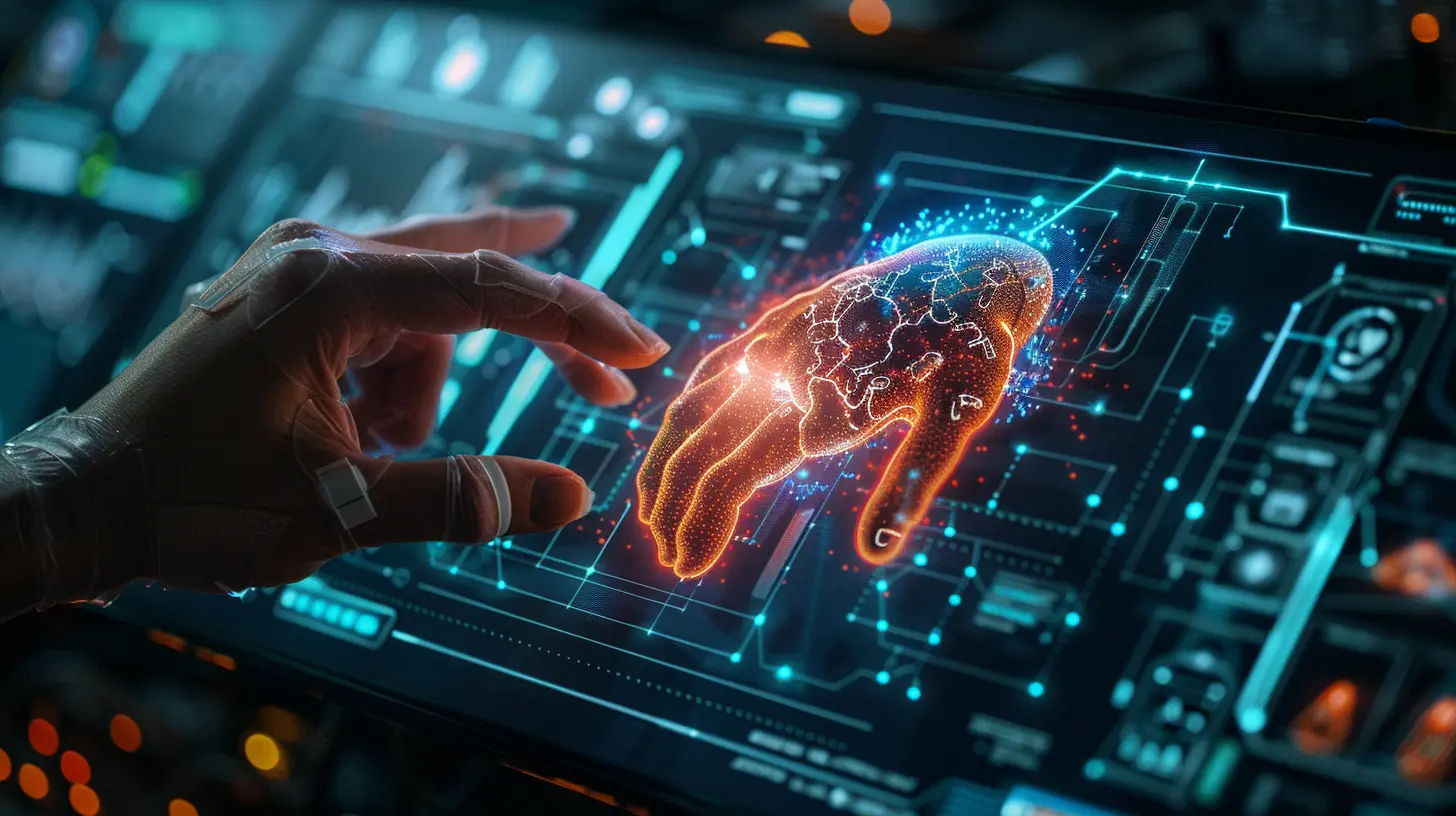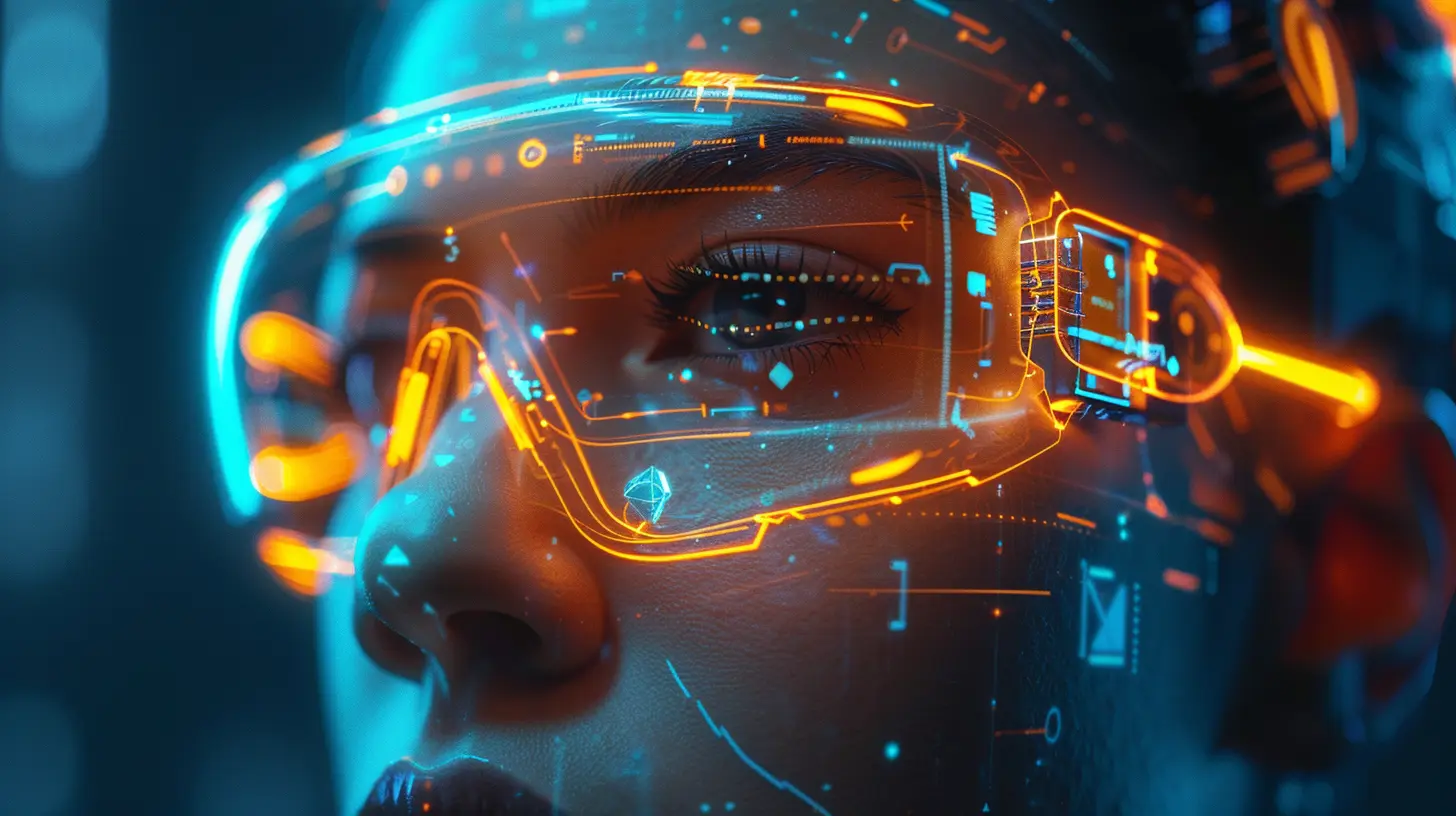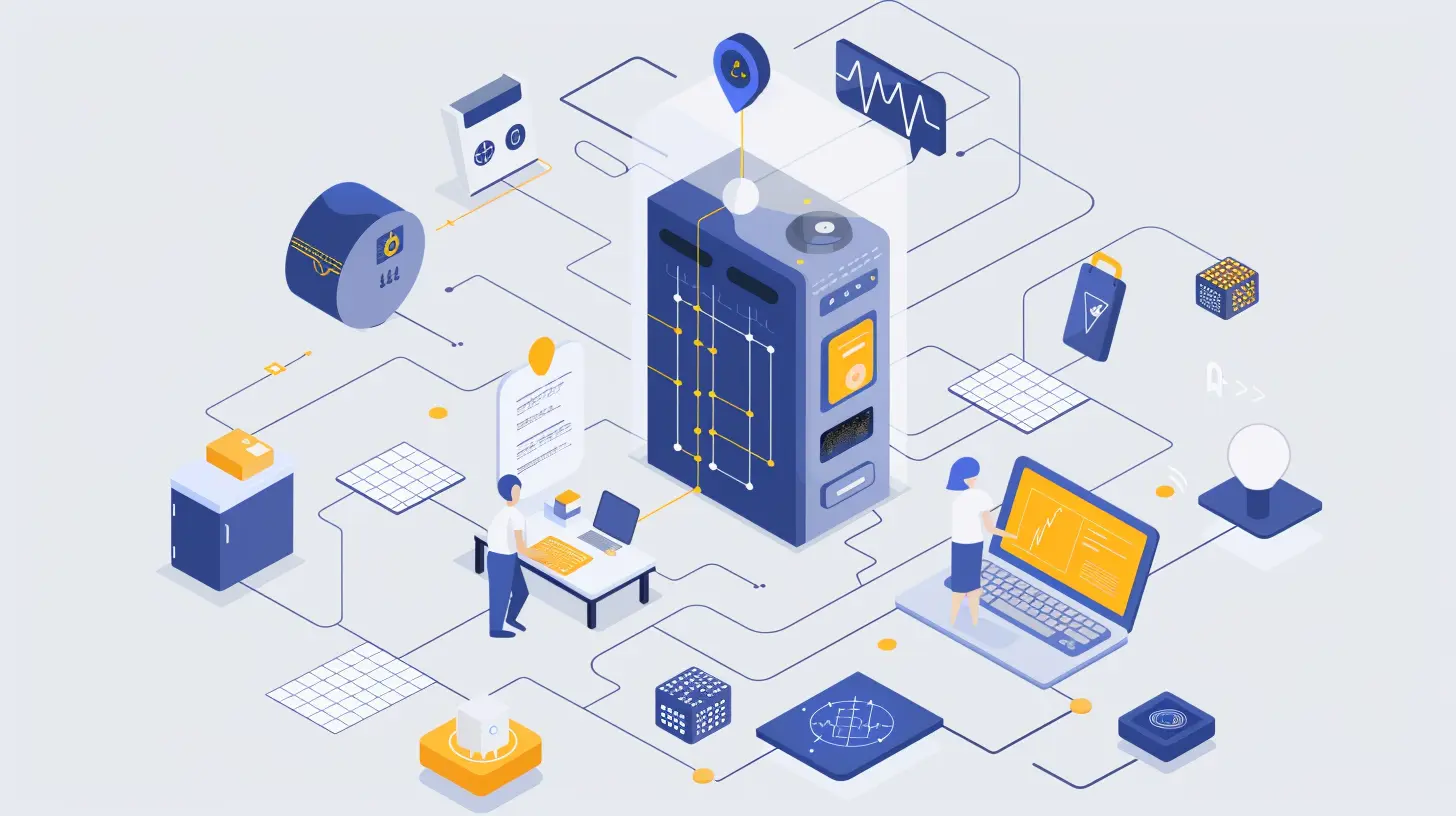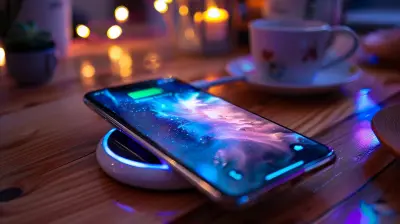IoT in Healthcare: From Remote Monitoring to Smart Implants
28 November 2025
The world is changing fast, especially when we talk about technology. These days, everything’s getting smarter—our phones, our homes, even our health. Yes, you heard that right. Healthcare is no longer just about visiting your doctor once a year or popping into a clinic when you're feeling under the weather. Now, thanks to the Internet of Things (IoT), healthcare is leveling up in ways we never imagined.
In this article, we're diving deep into how IoT is transforming the healthcare industry. Not just with gadgets and wearables, but all the way to smart implants that can talk to your doctor while you’re binge-watching your favorite show. Ready to see how this tech is saving lives and making our healthcare smarter, faster, and more personal? Let’s get into it.
What Is IoT and Why Does It Matter in Healthcare?
Before we get too far ahead, let’s take a quick step back.IoT, short for the Internet of Things, refers to a network of physical devices that are connected to the internet and can collect, send, and receive data. These “things” range from your smartwatch to industrial sensors in factories.
Now, imagine applying this networking magic to healthcare. Imagine your wearable fitness tracker not just counting your steps but also alerting your doctor about irregular heartbeats. Or a smart pill bottle that reminds grandma when it’s time for her meds. That’s IoT in healthcare—and it's changing the game.
The Big Impact of IoT on Healthcare
So, how exactly is IoT making a difference? Let’s break it down.1. Remote Patient Monitoring (RPM)
Remote Patient Monitoring is the poster child of IoT in healthcare—and for good reason. It allows healthcare professionals to track patients’ vitals and health status without them stepping into a clinic or hospital.Think blood pressure cuffs, glucose monitors, and ECG devices that send real-time data to your doctor. Instead of waiting for symptoms to get worse, healthcare providers can step in early. It’s like having a healthcare guardian angel looking out for you.
2. Smart Wearables That Actually Do Something
Fitness trackers and smartwatches aren’t just for counting steps anymore. They’re evolving into complex medical tools. Devices like Apple Watch and Fitbit now monitor heart rate, oxygen levels, and even detect falls.And the best part? These smart wearables sync with healthcare apps, sending data directly to health providers. So if something’s off, action can be taken immediately. That tiny device on your wrist could literally save your life.
3. Medication Management Made Easy
Let’s be real—most people forget to take their meds. But IoT is simplifying that too.Smart pill dispensers remind patients when it’s time to take their medicine and even alert caregivers if a dose is missed. There are also smart labels and caps that track if the bottle has been opened. It's like having a digital nurse living in your medicine cabinet.
4. IoT in Hospitals and Clinics
Hospitals are leveraging IoT to streamline operations and improve patient care. We’re talking about real-time location systems (RTLS) to track medical equipment, manage inventory, and even monitor hygiene practices.Beds can now alert staff when a patient tries to get up (reducing fall risks), and IoT-connected wheelchairs and IV pumps can be monitored and maintained more efficiently. It’s healthcare, upgraded.
5. Personalized Health Insights
With all this data pouring in from wearables and sensors, healthcare can now be super personalized. Imagine getting a workout plan, meal suggestions, or medical advice tailored just for you based on your daily habits and health stats.That’s the power of data-driven healthcare. It’s not about guesswork anymore—it’s about precision.
Emergency Care When It Matters Most
IoT plays a huge role in emergencies. Imagine you’re wearing a heart monitor, and suddenly, it detects an abnormal rhythm. It immediately sends alerts to doctors, caregivers, and even emergency services.In seconds, help is on the way—no phone call needed. Time is life in emergencies, and IoT is making response times faster than ever.
Smart Implants: The Future is Literally Inside You
Here’s where things get sci-fi—in the best way possible.What Are Smart Implants?
Smart implants are electronic devices embedded in the body to monitor and even treat medical conditions. These include pacemakers, cochlear implants, and even brain stimulators.But the next-gen versions of these devices are smarter. They can transmit data in real time, adjust functionality remotely, and communicate with external devices like smartphones or hospital systems.
Real-Life Examples
- Cardiac Pacemakers: These can now detect arrhythmias and wirelessly send reports to cardiologists.- Cochlear Implants: Modern versions sync with mobile phones for better sound quality and diagnostics.
- Neurostimulators: These are helping manage chronic pain and conditions like epilepsy by sending electrical impulses to nerves or the brain.
The goal? To create a feedback loop between the body, the implant, and your healthcare provider. It’s like having a doctor on speed dial—living inside your own body.
Benefits That Go Beyond the Buzz
Sure, the idea of healthcare gadgets might sound flashy, but the real benefits go way beyond convenience:1. Early Detection and Prevention
By continuously monitoring your vitals and patterns, IoT devices can catch potential problems before they turn serious. Prevention > cure, always.2. Cost Reduction for Everyone
Fewer hospital visits, earlier interventions, and better disease management all lead to lower healthcare costs. Not just for patients, but for providers and insurance companies too.3. Better Patient Engagement
When you can see your own health data in real-time, you’re more likely to take action. It’s empowering and motivating.4. Improved Access to Care
Especially for people in rural or underserved areas, IoT enables remote checkups and real-time monitoring, reducing the need for long travel or in-person appointments.Challenges That Still Need Fixing
As amazing as all this sounds, IoT in healthcare isn’t without hurdles.1. Security and Privacy
Think about it—these devices are collecting some of your most sensitive data. A data breach could be catastrophic. Ensuring secured, encrypted communications and safeguarding personal health data is a must.2. Connectivity Issues
Not everyone has fast, stable internet. And when devices depend on connectivity, downtime can literally be dangerous.3. Data Overload
More data means more responsibility. Without proper analytics, healthcare providers might struggle to make sense of the flood of information.4. Regulatory Hurdles
The healthcare industry is heavily regulated (and with good reason). New devices need rigorous testing and approvals, which can slow down innovation.What the Future Looks Like
Let’s be honest—the future of IoT in healthcare is nothing short of thrilling.We're moving toward a world where:
- Virtual hospitals will monitor patients 24/7 from the comfort of their homes.
- AI-powered diagnostics work hand-in-hand with IoT devices to spot issues in seconds.
- Smart implants could even deliver doses of medication as needed, without you lifting a finger.
We're entering a time when healthcare won’t just be reactive—it’ll be proactive, predictive, and personalized like never before.
Final Thoughts
IoT in healthcare is reshaping how we think about medicine and wellness. From wearable devices that track our every heartbeat to implants that talk to our doctors, the blend of tech and health is one of the most exciting revolutions of our time.Sure, there are challenges to overcome. But as connectivity improves and devices get smarter, we’re heading into a future where staying healthy is easier, quicker, and a whole lot more efficient. So, the next time your smartwatch buzzes about your heart rate or reminds you to stand up, thank IoT—it might just be keeping you alive.
all images in this post were generated using AI tools
Category:
Iot DevicesAuthor:

Vincent Hubbard

